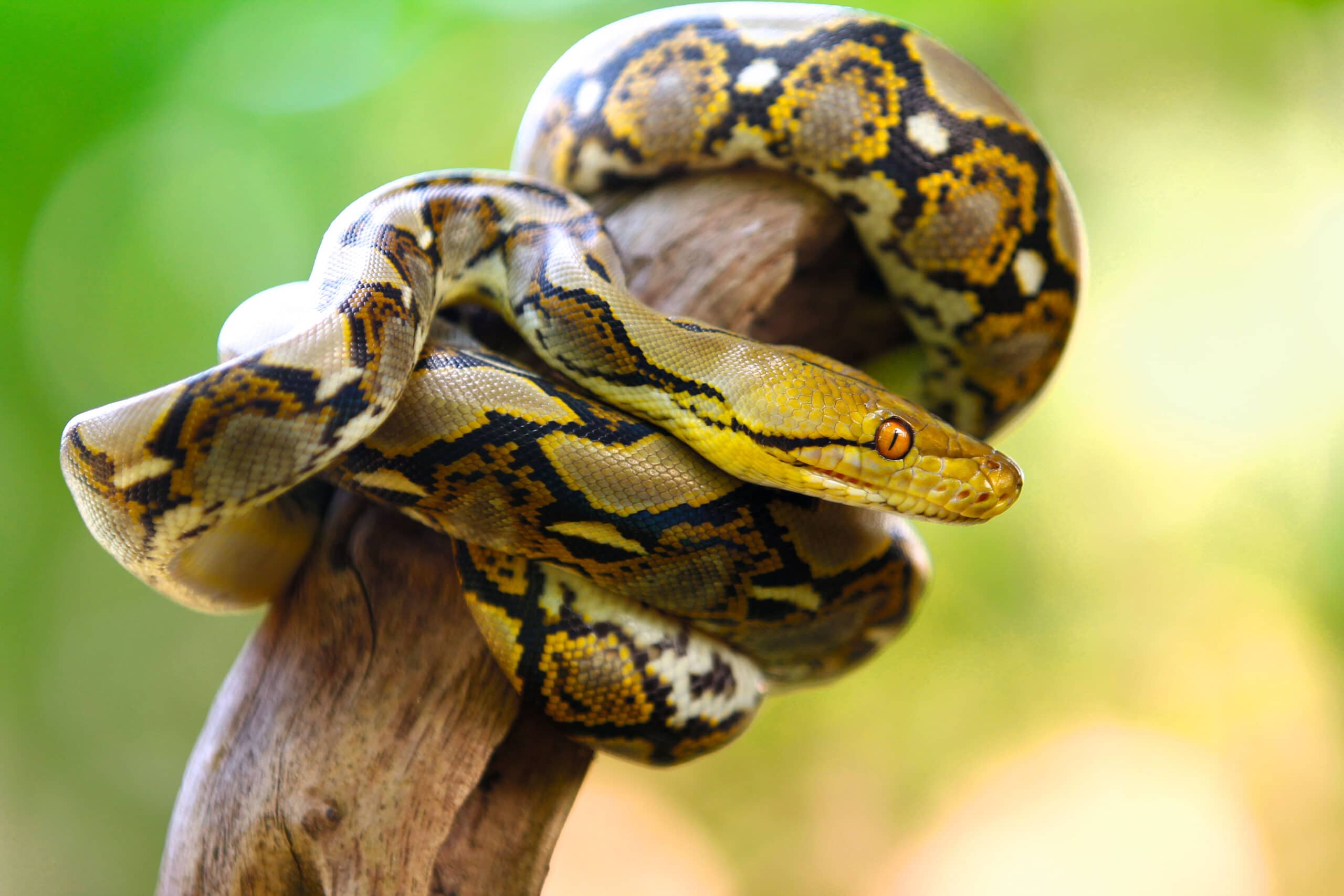Snakes Designed to Breathe while Squeezing
During a ministry trip to Honduras in 2017, I stayed at a small ranch in the hills above the capital, Tegucigalpa. I was looking forward to exploring the local trails during my pre-breakfast runs. When one of the men at the ranch heard of my plans, he sternly warned me to stick to the gravel and paved roads and to always look down on the roads while I ran. I asked him why. He told me that several weeks ago while walking on a dirt trail, he stepped on a log that had fallen across the trail. The “log” turned out to be a giant constrictor snake. Fortunately for him, the snake had just consumed a large animal and didn’t bother to retaliate or to seek an easy meal.
Constrictor Characteristics
Zoologists have long recognized that constrictors are amazingly designed animals. Thanks to a set of experiments performed by a team of six zoologists led by John Capano, the designs have shown to be even more astounding.1
Constrictors are nonvenomous, large, heavily-muscled snakes. The smallest constrictors are the boas, with adult body lengths ranging from 1.0 to 4.3 meters (3–14 feet). Pythons have adult body lengths ranging from 0.6 to 9.2 meters (2–30 feet). The largest constrictors are the anaconda, which attain adult body lengths from 6.1 to 9.4 meters (20 to 31 feet) and body weights of up to 250 kilograms (555 pounds).
Constrictors swallow their prey whole. Their upper and lower jaws can disconnect to permit the passage of large-diameter animals, which allows them to swallow prey as large as their body weight. Likewise, their ribs can spread apart to allow such animals to proceed into the constrictor’s stomach. Remarkably, such spreading apart of the ribs has little impact on the constrictor’s breathing.
Constrictors kill their prey by ambushing it and wrapping a few coils around it. They do not crush their prey to death. They simply apply enough pressure (constriction) to induce cardiac arrest.
Simultaneous Squeezing and Breathing
Campano’s team observed that for larger prey it can take many minutes for the constrictor to induce a severe enough cardiac arrest to result in the prey’s death. They wondered how the constrictor’s efforts to kill its prey impact its respiration (breathing). To determine the impact of constricting on breathing, Campano’s team performed experiments on captive boa constrictors.
Campano and his colleagues applied a blood-pressure cuff to constrict different portions of a boa constrictor’s body. They observed that when the cuff immobilized a region of the boa where they saw breathing movement, the boa shifted its breathing to other parts of its body. The boa was able to perform such shifting in its breathing over nearly the whole length of its body.
The ability of constrictor snakes to shift their breathing this way explains how they are able to capture and kill sufficient prey for their survival. It doesn’t matter which part of their bodies they use to form constricting coils around their prey. Whichever part a constrictor uses, it can use the remainder of its body to breathe. Therefore, a constrictor can remain hidden and coiled up in an ambush position where it can seize unsuspecting prey and quickly wrap a few tight coils around the animal. The constrictor need not apply a specific part of its body to wrap around its prey. Consequently, the success rate in capturing and killing prey is high enough to allow constrictors to survive throughout a broad range of habitats.
Amazing Designs
This breathing capability of constrictors is possible not only because of their uniquely designed skeletons and muscles but also because of their uniquely designed lungs. The combination and complexity of these designs testify of the intelligence, knowledge, and power of the constrictors’ Creator. These creatures also provide yet another illustration of the message of God’s greatness in Psalm 104, a hymn of creation. Psalm 104 describes how God has packed Earth with the greatest possible biomass and biodiversity. My favorite verse in Psalm 104 is verse 24:
How many are your works, Lord! In wisdom you made them all; the earth is full of your creatures.
Endnotes
- John G. Capano et al., “Modular Lung Ventilation in Boa Constrictor,” Journal of Experimental Biology 225, no. 6 (March 2022): id. jeb243119, doi:10.1242/jeb.243119.






